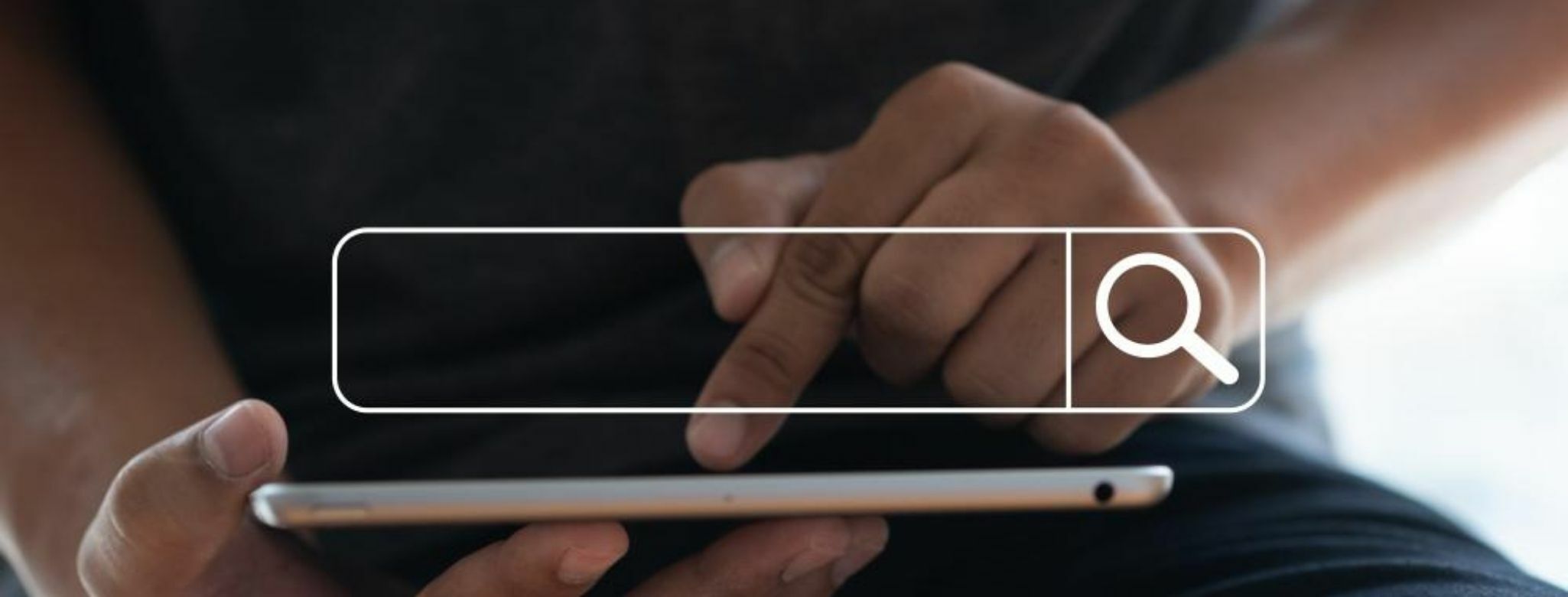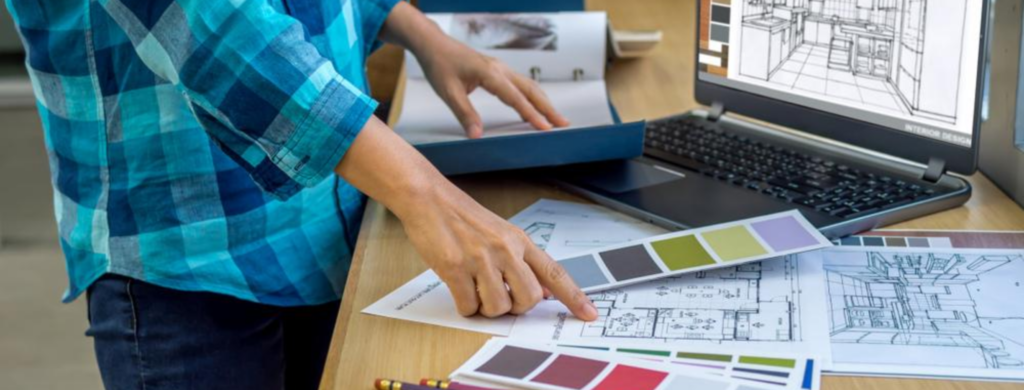COVID-19, smart technology and workplace design
This post is part of our series focused on the seismic shift in work systems, traditional office typology, and more. Start at the beginning with an overview.
The work of commercial architects and interior designers is evolving in remarkable ways.
COVID-19 has accelerated innovative technological development in this sector and it’s hit the design world like an unlikely breath of fresh air. It’s obvious that technology is the key to enabling efficient and productive work throughout the globe, but one question remains: what happens next?
Read on to find out.
Adoption of technology accelerates: what this means for the workforce
We’ve seen technology bringing people together during a time when we’re all physically distant, and this has helped workers transition to a remote working structure in unexpected ways.
Even with social distancing, there’s a certain feel of civic belonging flourishing in many companies across the world, with a subtle shift from thinking as an individual to operating as a cohesive team.
Related post: Office design is transforming in the new now
We’ve been aided by software technology in all of this, from weekly standups via Microsoft Teams for work to video parties with family and friends on Hangout.
Apps are integrating with other apps faster than ever before, where even they might have been reluctant to do so in the past.

A recent report on workplace technology by the CIPD (Chartered Institute of Personnel and Development) hit on very thought-provoking findings. A key suggestion is that it’s not all plain sailing for remote workers, as some are struggling to adapt to a more tech-savvy world.
Of those experiencing a technology use change, 50% feel that they now need more skills and knowledge to carry out their role, and 40% feel that their tasks at work have become more complex.- The Workplace technology: the employee experience report
COVID-19 may accelerate the digital transformation of the workforce – however, seeing as it’s taken a pandemic for this to start happening, it’s not going to take place overnight.
Related post: How office architecture is adapting for a post-COVID world
Companies that were already undergoing a digital transformation find themselves now in a much better position to keep operating even during a global pandemic.

This is simply because the baseline level of staff comfort when using new technology is much higher.
Technological advances spiking: what this means for interior design and architectural planning professionals
Sustainable development has become the greatest challenge of the 21st Century. – IoT for All
The role of the interior designer has expanded in recent years apace with our transforming lifestyles, and this includes the introduction of sustainable practices in design.
The average consumer is now well aware that there is a climate crisis and also that they as individuals can have an impact on it by opting for better building materials and systems. Construction projects are going so far as to use these integrated benefits as a selling point.
Related post: COVID-19 shapes the open-plan office of the future
The global pandemic reveals the vital importance of sustainable design. Technological advances support architects and interior designers to achieve meaningful results in this field. This results in a linkage between smart homes and smart offices for months (years?) to come.

The sustainable future of office design in both dedicated office buildings and the home office lies in devices that control energy and power to maximise efficiency.
Virtual Reality (VR) apps, once a novelty, are growing in adoption and becoming more functional as a result.
Related post: Coliving is the new face of coworking
3D printing technology is taking furniture design in unexpected new directions. All of these advancements are affecting the work of interior designers and architects everywhere.
Smart technology in workplace design
Three things that workplace interior designers need to take on board:
- For existing office buildings, it’s imperative that adaptations be made to keep employees healthy. This is as simple as investing in contactless technology to help staff who actually make it into the office to avoid contact with frequently used surfaces such as lift buttons, light switches, and taps.
- Mobile apps for scheduling and meeting room booking keep employees from touching so many surfaces by restricting them to their own mobile or wearable devices.
- While facial recognition technology is one solution, albeit a controversial one, voice recognition devices such as Alexa are a helpful way to keep offices and workspaces integrated and online.
The Internet of Everything
Even with the impact of the coronavirus on the enterprise and the consequent slowing of business activity, the IoT market is expected to grow to 5.8 billion endpoints by the end of 2020. (source)
Architects and interior designers need to be ready and able to accommodate these changes. One vital consideration is the ability to connect the growing ecosystem of mobile and smart devices with their cloud service.
However, we’re further than you think. Technological integration is already a norm for many workspaces.

Related post: Trends and challenges for the future of the hospitality industry
Many original equipment manufacturers (OEMs) and other industrial companies were using new Industrial IoT technologies before the advent of the novel Coronavirus.
Olivier Pauzet, VP and general manager of IoT solutions at Canada-based Sierra Wireless, pointed this out, continuing that these workspace technologies automate tasks and systems
- to deploy predictive maintenance
- equipment-as-a-service
- real-time shipment visibility
Fully automated workspace environments are a legacy of COVID-19
This series of our thoughts and findings on the future of workplace design is over, but the learning never is.
The work of commercial architects and interior designers is evolving in remarkable ways. The bottom line is that a fully automated workplace environment is not out of reach for designers in a post-pandemic world.
It’s just that they need to be aware of what’s happening with new technology and use advances to dream big with the spaces they create.
Give your workspace an unprecedented innovative edge
Twinbru gives our customers exclusive access to our state-of-the-art resources.
Imagine the impact they'll have on their customers when they can visualise our fabrics in their favourite scene or furniture - in an instant.
